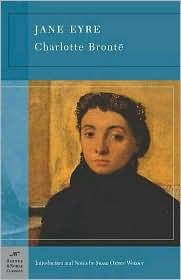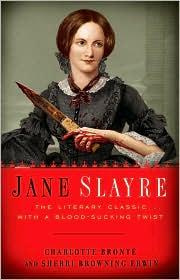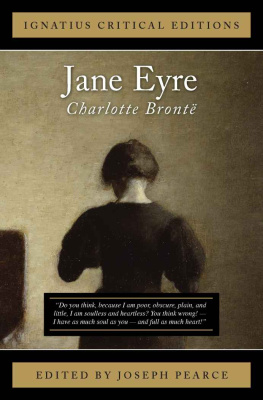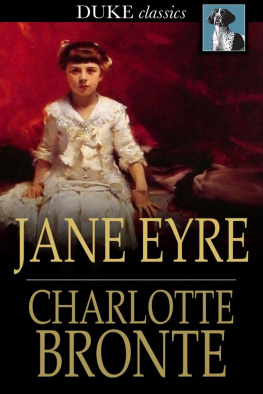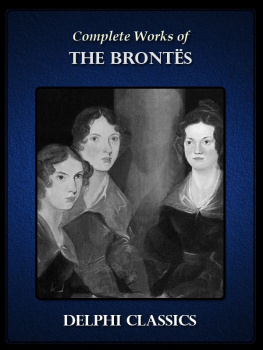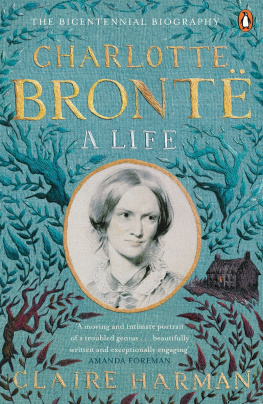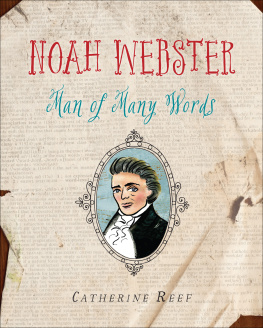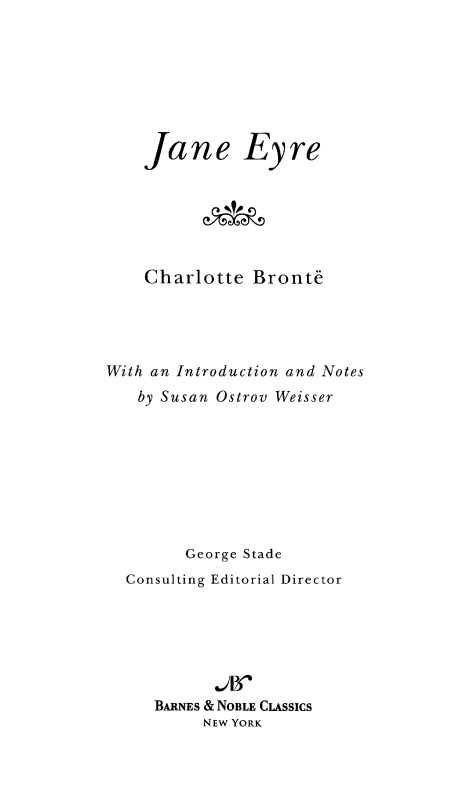
Table of Contents
From the Pages ofJane Eyre
I could not answer the ceaseless inward questionwhy I thus suffered; now, at the distance ofI will not say how many years, I see it clearly. (page 21)
Women are supposed to be very calm generally; but women feel just as men feel; they need exercise for their faculties, and a field for their efforts, as much as their brothers do; they suffer from too rigid a restraint, too absolute a stagnation, precisely as men would suffer; and it is narrow-minded in their more privileged fellow-creatures to say that they ought to confine themselves to making puddings and knitting stockings, to playing on the piano and embroidering bags. (page 130)
You never felt jealousy, did you, Miss Eyre? Of course not; I need not ask you; because you never felt love. You have both sentiments yet to experience; your soul sleeps; the shock is yet to be given which shall waken it. (page 170)
The ease of his manner freed me from painful restraint; the friendly frankness, as correct as cordial, with which he treated me, drew me to him. (page 175)
I had not intended to love him; the reader knows I had wrought hard to extirpate from my soul the germs of love there detected; and now, at the first renewed view of him, they spontaneously revived green and strong! He made me love him without looking at me. (page 207)
Arrows that continually glanced off from Mr. Rochesters breast, and fell harmless at his feet, might, I knew, if shot by a surer hand, have quivered keen in his proud hearthave called love into his stern eye, and softness into his sardonic face; or, better still, without weapons, a silent conquest might have been won.
(page 221)
I am no bird; and no net ensnares me; I am a free human being with an independent will. (page 297)
Gentle reader, may you never feel what I then felt! May your eyes never shed such stormy, scalding, heart-wrung tears as poured from mine! May you never appeal to Heaven in prayers so hopeless and so agonized as in that hour left my lips; for never may you, like me, dread to be the instrument of evil to what you wholly love! (page 374)
Reader, I married him. (page 520)
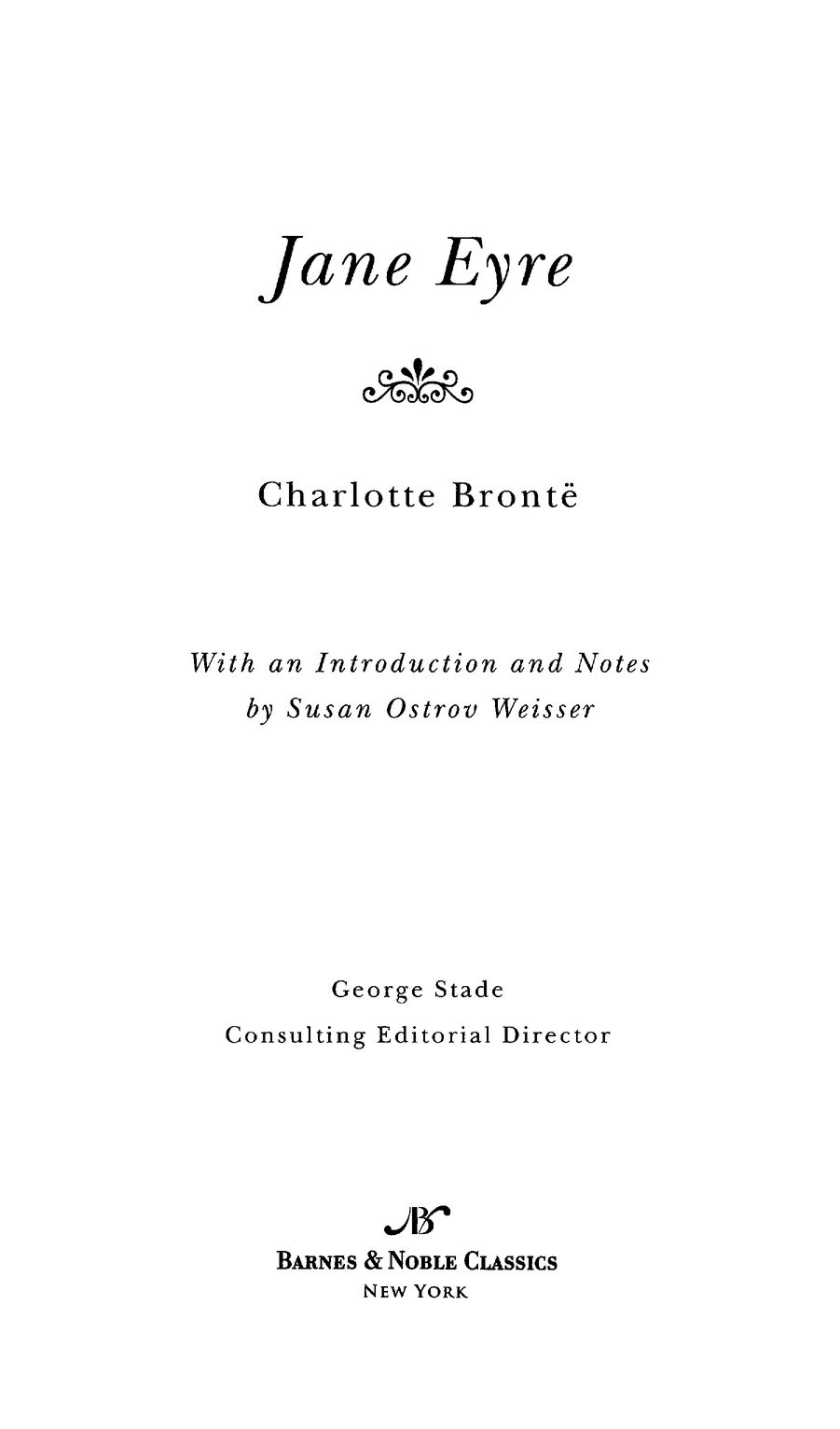
Charlotte Bront
Charlotte Bront was born on April 21, 1816, in Thornton, Yorkshire, in the north of England, the third child of the Reverend Patrick Bront and Maria Branwell Bront. In 1820 the family moved to neighboring Haworth, where Reverend Bront was offered a lifetime curacy. The following year Mrs. Bront died of cancer, and her sister, Elizabeth Branwell, moved in to help raise the six children. The four eldest sistersCharlotte, Emily, Maria, and Elizabethattended Cowan Bridge School, until Maria and Elizabeth contracted what was probably tuberculosis and died within months of each other, at which point Charlotte and Emily returned home. The four remaining siblingsCharlotte, Branwell, Emily, and Anneplayed on the Yorkshire moors and dreamed up fanciful, fabled worlds, creating a constant stream of tales, such as the Young Men plays (1826) and Our Fellows (1827).
Reverend Bront kept his children abreast of current events; among these were the 1829 parliamentary debates centering on the Catholic Question, in which the duke of Wellington was a leading voice. Charlottes awareness of politics filtered into her fictional creations, as in the siblings saga The Islanders (1827), about an imaginary world peopled with the Bront childrens real-life heroes, in which Wellington plays a central role as Charlottes chosen character.
Throughout her childhood, Charlotte had access to the circulating library at the nearby town of Keighley. She knew the Bible and read the works of Shakespeare, George Gordon, Lord Byron, and Sir Walter Scott, and she particularly admired William Wordsworth and Robert Southey. In 1831 and 1832, Charlotte attended Miss Woolers school at Roe Head, and she returned there as a teacher from 1835 to 1838. After working for a couple of years as a governess, Charlotte, with her sister Emily, traveled to Brussels to study, with the goal of opening their own school, but this dream did not materialize once she returned to Haworth in 1844.
In 1846 the sisters published their collected poems under the pen names Currer (Charlotte), Ellis (Emily), and Acton (Anne) Bell. That same year Charlotte finished her first novel, The Professor, but it was not accepted for publication. However, she began work on Jane Eyre, which was published in 1847 and met with instant success. Though some critics saw impropriety in the core of the storythe relationship between a middle-aged man and the young, naive governess who works for himmost reviewers praised the novel, helping to ensure its popularity. One of Charlottes literary heroes, William Makepeace Thackeray, wrote her a letter to express his complete enjoyment of the novel and to praise her writing style, as did the influential literary critic G. H. Lewes.
Following the deaths of Branwell and Emily Bront in 1848 and Anne in 1849, Charlotte made trips to London, where she began to move in literary circles that included such luminaries as Thackeray, whom she met for the first time in 1849; his daughter described Bront as a tiny, delicate, serious, little lady. In 1850 Charlotte met the noted British writer Elizabeth Gaskell, with whom she formed a lasting friendship and who, at the request of Reverend Bront, later became her biographer.
In 1854 Charlotte married Arthur Bell Nicholls, a curate at Haworth who worked with her father. However, less than a year later Charlotte fell seriously ill, perhaps with tuberculosis, and she died on March 31, 1855. At the time of her death, Charlotte Bront was a celebrated author. The 1857 publication of her first novel, The Professor, and of Gaskells biography of her life only heightened her renown.
The World of Charlotte Bront andJane Eyre

| 1816 | Charlotte Bront is born on April 21 in Thornton, En gland, the third of six children of the Reverend Patrick and Maria Branwell Bront. |
| 1817- 1820 | Charlottes younger siblings, Patrick Branwell, Emily, and Anne, are born. |
| 1820 | The Bront family moves to Haworth, where Reverend Bront has been offered a lifetime curacy. |
| 1821 | Charlottes mother, Maria, dies, and her sister, Elizabeth Branwell, moves into the Bront household to help raise the six young children. |
| 1824 | Charlotte and Emily, along with their older sisters, Maria and Elizabeth, attend Cowan Bridge School. |
| 1825 | Maria and Elizabeth contract what is probably tuberculosis and die. Charlotte and Emily are pulled out of school to return home to Haworth. |
| 1826 | The four surviving siblings create the Young Men plays, the first of their imaginative fictional writings, which are followed in 1827 by Our Fellows and The Islanders. |
| 1831- 1832 | Charlotte attends Miss Woolers school at Roe Head. |
| 1835 | Charlotte returns to Roe Head as a teacher. Emily attends as a student, but stays only three months; Anne takes her place, studying there until 1837. |







